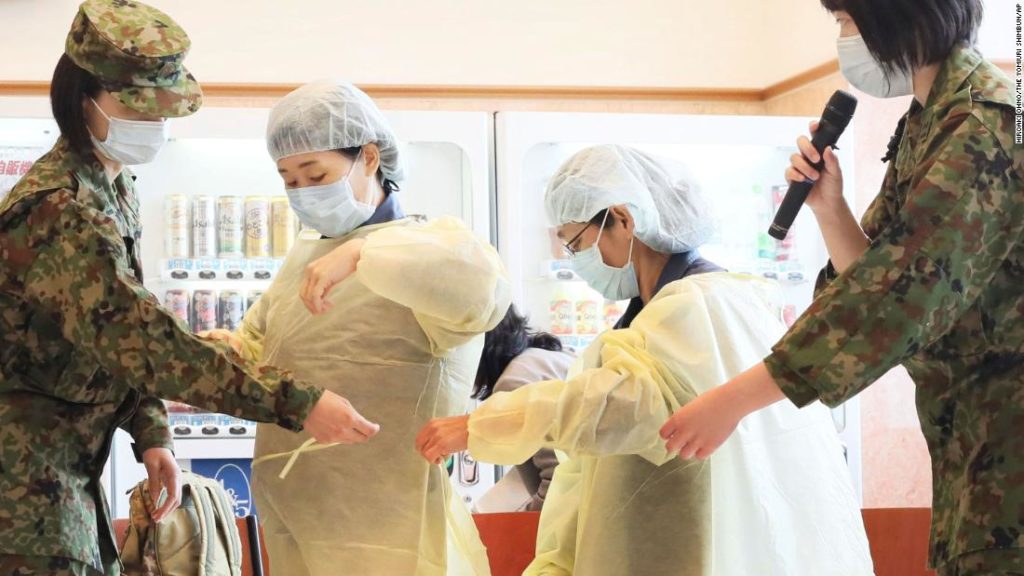Along with Australia and New Zealand, east Asian countries have been among the best at responding to coronavirus, tightening and relaxing restrictions as case numbers have allowed — thus enabling life to return to relative normality for extended periods. The world will now be watching closely as the region faces a winter surge that is likely to challenge the early stages of the pandemic for severity and misery.
Australia and New Zealand, in the southern hemisphere, are about to enter summer.
At a briefing Monday, a South Korean health official warned the country was facing its “biggest crisis” since the beginning of the pandemic, adding that daily cases could top 750 this week and urging people to follow the tighter restrictions for next three weeks.
There is also a sense of coronavirus fatigue in much of Asia, which — while avoiding the type of stringent lockdowns seen in parts of Europe, the US, and Australia — has also experienced several more months of dealing with precautions and restrictions than other parts of the world. This makes encouraging people to continue to be vigilant, during a period when conditions already make infection easier, more of a struggle.
Until now, this type of middle-way approach — not too strict, not too soft — has largely worked for Japan and other countries in east Asia. Severe lockdowns, meanwhile, failed to have the desired effect in much of Europe, with cases soon rebounding as conditions are relaxed and people do not vigilantly follow basic measures like mask-wearing and social distancing.
With Europe and the US facing a deadly and miserable winter — albeit with the slight hope of vaccine rollouts in the near future — eyes will be on whether Asia continues to show a more effective way of managing the pandemic.
CNN’s Katie Hunt contributed reporting.
You may also like
-
UK coronavirus variant has been reported in 86 countries, WHO says
-
NASA technology can help save whale sharks says Australian marine biologist and ECOCEAN founder, Brad Norman
-
California Twentynine Palms: Explosives are missing from the nation’s largest Marine Corps base and an investigation is underway
-
Trump unhappy with his impeachment attorney’s performance, sources say
-
Lunar New Year 2021: Ushering in the Year of the Ox

